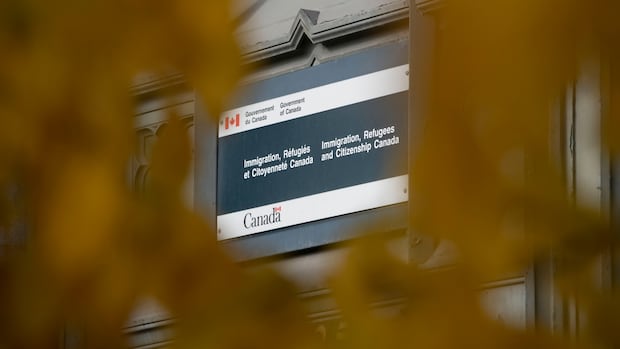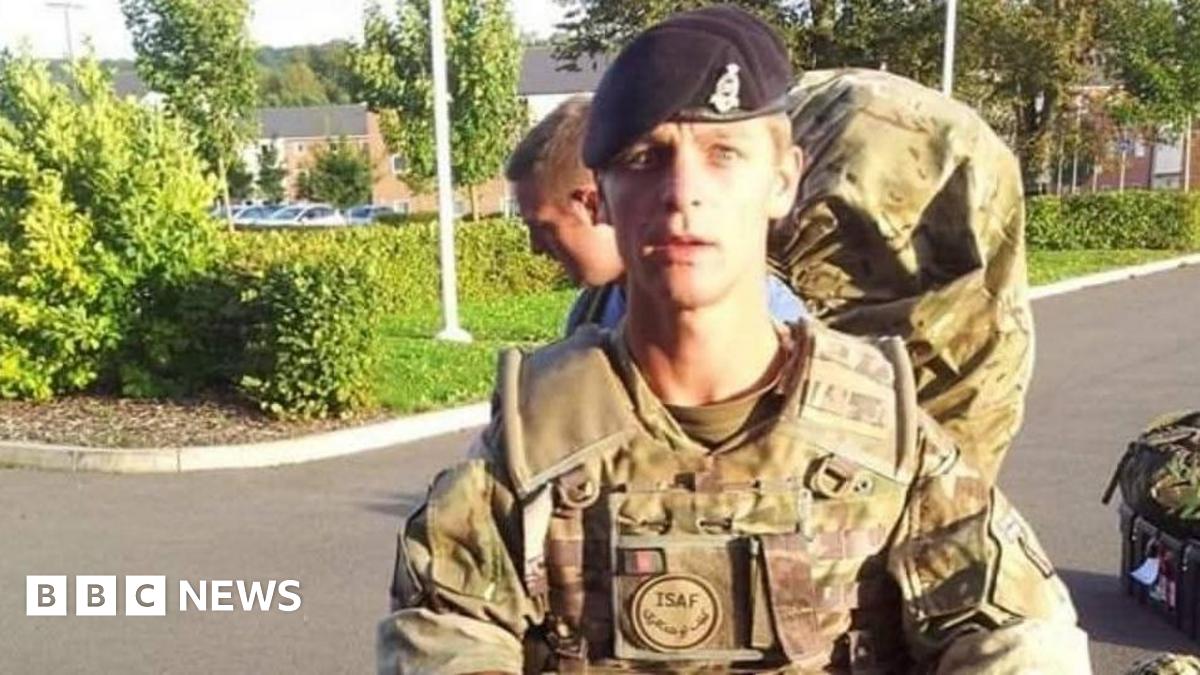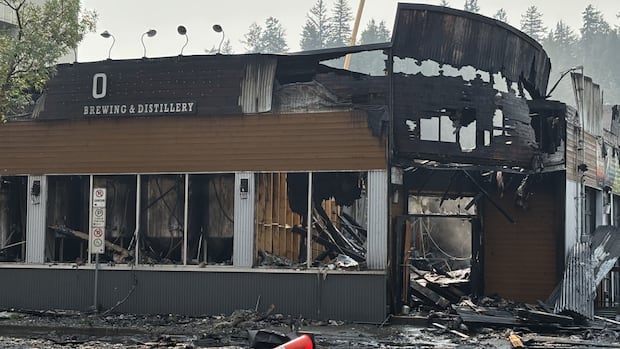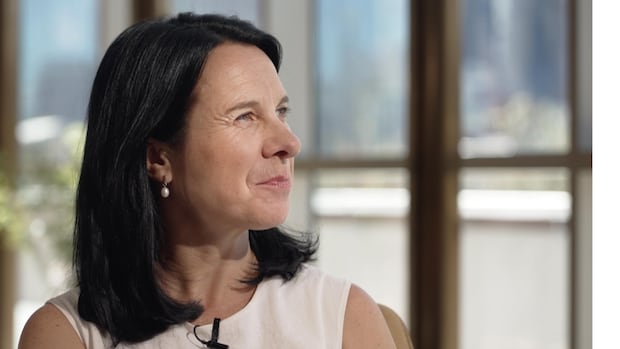Send this page to someone via email
Every time Jason Miles walked out of prison, he would be bigger, stronger and meaner.
Behind bars, he lifted weights all day and made connections that led him to commit more dangerous crimes for more money.
The 44-year-old Toronto man said his lengthy rap sheet included fights, stabbings and car thefts. He became hooked on crack and fentanyl and lived on the street for the better part of a decade, when he wasn’t incarcerated. Until recently, he’d never met a cop, nurse or doctor he liked.
When Miles wasn’t on the streets or in jail, he was in a hospital – a lot.
He was a perfect example of what health officials have long called “frequent flyers”: patients, usually homeless, who visit the emergency department or get admitted to hospital an inordinate number of times.
Story continues below advertisement
When Dr. Andrew Boozary and his team at Toronto’s University Health Network looked deeper into the issue, they discovered that about 100 patients accounted for more than 4,500 emergency department visits in one year.
A month-long hospital stay costs the public health system more than $60,000, he said, compared to $15,000 a month to keep a person in a provincial jail and about $6,000 to house someone in a shelter.
There had to be a better way, he thought.
Boozary and the hospital network teamed up with Fred Victor, a non-profit housing and social services organization led by a kindred spirit, CEO Keith Hambly.
A four-storey building was erected on a parking lot UHN owned next to its rehabilitation hospital on a quiet residential street in Toronto’s west end. It features 51 units where residents sign long-term leases and have access to doctors, nurses, social workers and a whole host of health and social supports.
Residents began moving into Dunn House in the Parkdale neighbourhood a year ago. Now, Miles and 50 other people, many of whom came off the street or from emergency shelters, call the place home.
Miles said he felt like he’d won the lottery.
“This is a gift and I don’t think I’ll ever truly be able to pay that back,” he said.
Story continues below advertisement
Miles has been sober for 22 months and many of his health problems have cleared up or abated substantially.
Get weekly health news Receive the latest medical news and health information delivered to you every Sunday. Sign up for weekly health newsletter Sign Up By providing your email address, you have read and agree to Global News' Terms and Conditions and Privacy Policy
“I’m in a much better place now and I’m able to think about where I want to go in the future,” he said.
Miles lives in a bachelor pad with a bed, television, small kitchen and a large window. In many ways it’s like a regular rental apartment; there’s no curfew and no prohibition on alcohol or drugs.
He spends his time working on his vegetable garden on the site’s back patio – he makes pickles now – and hanging out with his partner. Miles recently returned to high school to finish what he started decades earlier.
It’s a stark difference from his previous life.
“I got up every day thinking that day was going to be my last day,” he recalled.
“Today is going to be the day I overdose and I don’t get help. Today is the day one of those bullets finally hits me. I didn’t think there was a future but this place has given me the gift of being able to live, but also of actually having a life worth living.”
The program has changed lives, its residents say, but it has also been a boon to hospitals.
Story continues below advertisement
With help from the University of Toronto and Harvard University, Boozary is tracking 48 Dunn House residents on their housing journey. Collectively, those people accounted for 1,837 emergency department visits in the year before they moved in.
Preliminary data shared with The Canadian Press show the residents experienced a 52 per cent drop in emergency department visits and a 79 per cent drop in the total length of hospital stays.
“It’s just staggering,” Boozary said. “And it’s just incredibly encouraging and validating for how we need to rethink and act on homelessness across the country.”
There’s also an easy economic argument, Boozary said, since the monthly cost of accommodating one person at Dunn House is $4,000 – far cheaper than a stay in a hospital, jail or shelter.
Before those 48 residents moved into Dunn House, they cost emergency departments $788,000 over one year. The annual savings from that drop in ER visits amount to $413,000, Boozary said.
The real savings occur on decreased hospital stays, he said.
The 48 patients racked up $2.1 million in hospital costs over 12 months before moving in. After that, local hospitals saved $1.66 million, Boozary said.
“We have to scale it,” he said. “Some have said we can’t afford housing for all but I think the question is: how can we afford this as the status quo?”
Story continues below advertisement
Dunn House, a modular build, is part of the federal government’s rapid housing initiative in partnership with the City of Toronto. The province helps with health funding through Inner City Health Associates, which provides nurses and doctors, while the United Way provides food.
“Frankly the biggest outcome is that 51 people are no longer homeless, they are actually in a housing that is permanent housing, that is well supported, has 24-hour access to support and food services and community supports,” said Hambly, the CEO of the organization that helped build Dunn House.
“This can be rolled out across Toronto and Canada and built in relatively quick order. This is one real solution to the homelessness crisis.”
The residents said their transformation is nothing short of miraculous.
Diabetes is difficult to manage when you’re homeless, Matthew James Lihou said. He lived on the streets for several years and was in and out of hospital as he dealt with complications from the disease. One day, while in hospital, organizers approached him with an offer to live at Dunn House.
“I didn’t think it was going to be as good as it is,” he said. “You got food provided here. You got nurse practitioners on site. You got staff to help you with appointments and, you know, show you different things in the community that you can participate in.”
Story continues below advertisement
Lihou said he remains addicted to crystal methamphetamine but for the first time in years, he is open to the idea of trying to get off it.
“Here you feel like you’re a normal person again, back to how I used to be before I fell apart being a drug addict. It’s honestly nice,” he said.
“I feel much better and my diabetes is still much better under control.”
Ten years ago, Michelle Walda smashed her head in a terrible motorcycle accident. All of her savings went to rehabilitation, physiotherapy and vision therapy. She even had to sell her house.
She could no longer work at General Motors in Ingersoll, Ont., because of her injuries and ended up homeless. She bounced between shelters as she hitchhiked from Kitchener to Toronto to Barrie and Woodstock for years. On one hitchhiking trip, she was struck by a transport truck. Her heart stopped but paramedics saved her.
She was tired of living in fear at shelters, saying she was threatened constantly and robbed periodically.
“For me to live here now, I can’t put a word on it, like it’s a dream come true,” Walda said, her throat catching.
“Now I have somewhere safe.”
[SRC] https://globalnews.ca/news/11462621/toronto-hospital-housing-model-a-gift-to-residents-er-visits-reduced/
 Visit the website
Visit the website







